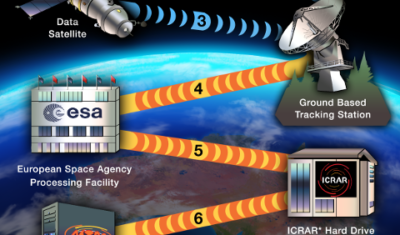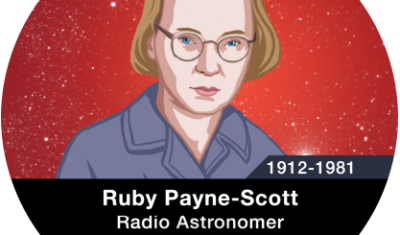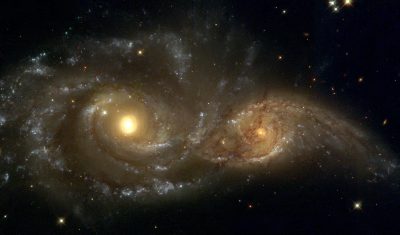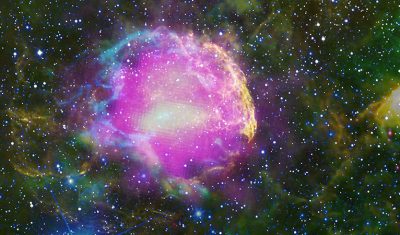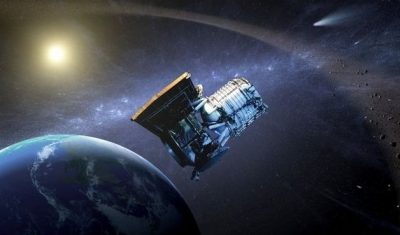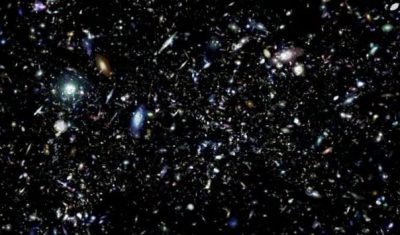How We Used Science Communication to Design AstroQuest
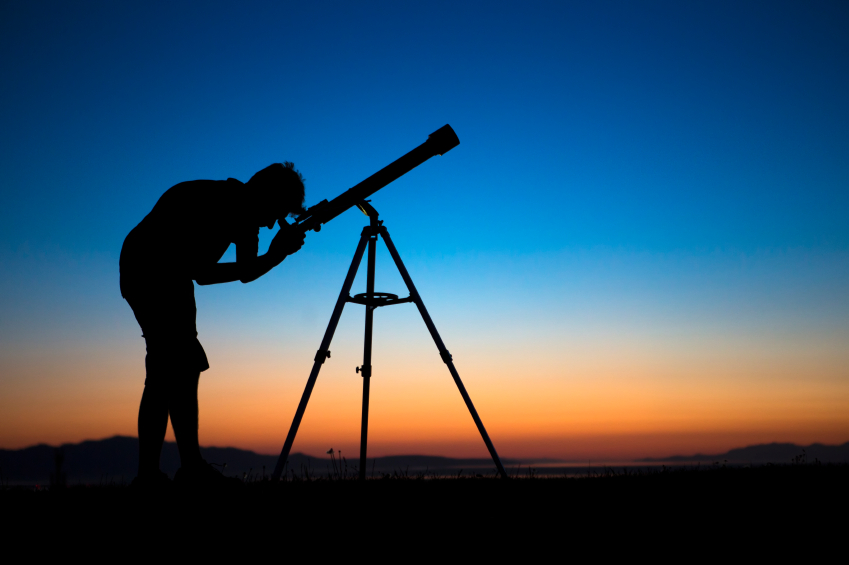
By Christian Polson-Brown
Designing AstroQuest has been a labour of love for the team here at ICRAR, and we want to pull back the curtain a little on how the project actually came together.
Throughout development we strived to achieve two main outcomes – maximising the enjoyment and engagement of our volunteers, and producing valuable scientific data for astronomers. Figuring out the best way to achieve these goals was surprisingly complicated, and fittingly, quite scientific. There is after all, an entire discipline called science communication, which deals with these very questions. What is the most effective way to engage the public in science? How do we encourage participation while ensuring the scientific value of data? And, how do we test our ideas to make sure they’ll achieve our goals?
Involving the Public
Even though science communication is still young for a scientific discipline, it has already evolved through a number of big changes in its core philosophy.
In the beginning science communication was focused on a pretty straightforward delivery of science information from scientists to the public. There wasn’t much interest in how the public felt, very little dialogue between parties, and even less collaboration! Over time science communication has moved away from the idea that people simply need to be told facts, and towards encouraging engagement, enthusiasm, and excitement for science.
From this shift has emerged the exciting era ‘citizen science’, where non-scientists collaborate directly with scientists to produce or analyse data. Citizen science helps break down the misconception that science is only for scientists; science is for everyone!
Some have argued that because citizen science uses volunteers who aren’t trained scientists, that the data produced risks being of low or inconsistent quality. While a fair point, the simple solution is to teach our volunteers the basic information they’ll need to know to produce quality data. In AstroQuest we’ve included easy-to-understand tutorials, and the core task of inspecting galaxies is simple enough that anyone, young or old can complete it. We’ve kept the drawing tool simple, and made it resemble basic paint programs most of us are familiar with. We also present finished examples from actual astronomers as a guide.
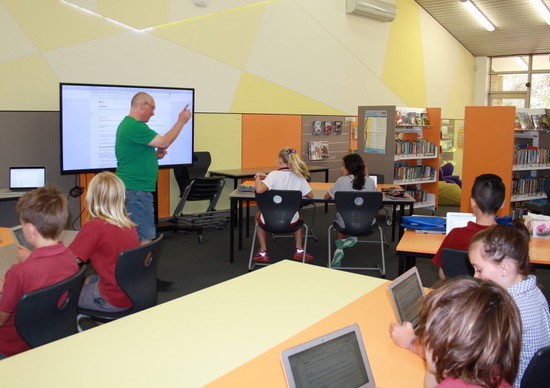
Wisdom of the Crowds
Like many citizen science projects, AstroQuest relies on an interesting principle known as the “wisdom of the crowds”. This is a studied effect where averaging out the solutions to a problem from a group of non-experts can be as good as, or better than, an expert solution. Think of the old saying “two heads are better than one”, but scale it up to hundreds or thousands of volunteers working together!
To achieve this in AstroQuest we show the same galaxy to multiple volunteers, and everyone has a shot at giving their best answer. To maintain the wisdom of the crowds effect we need to meet a few conditions, such as treating every attempt equally, and not revealing the solutions from other users. Failing to meet these conditions could bias the data, which is something we definitely want to avoid. But if everything goes to plan, the computer then combines everyone’s solutions, and the results we get might even be better than if an astronomer had a go!
Gamification
The quest system is part of what makes AstroQuest different from its predecessor, Galaxy Explorer. We developed the quest system to incorporate the benefits of an idea called ‘gamification’.
Gamification is adding game like elements to tasks they typically aren’t found in, such as astronomy research! Rather than just having participants work through the galaxy data, we wanted to give our volunteers a feeling of accomplishment, and some rewards for their hard work.
Research has shown gamification of citizen science can encourage volunteers to return more often, contribute more, and have more positive feelings toward a project. A few of us on the team are avid gamers, so it’s no surprise we’d try to inject a bit of gaming flair into the project!
Putting AstroQuest to the Test
Once the team had a clear idea of what we wanted to achieve with AstroQuest, the task still remained to make sure everything would come together and make sense! We whipped up an early version of the site and went through a series of testing sessions with the help of some volunteers. These sessions helped us understand what was working, what we needed to change, and what needed improvement. Our volunteers even helped us come up with some brand new ideas we never would have thought of without their input.
We hope you’ve enjoyed us unpacking some of the science communication ideas we’ve incorporated into the design of AstroQuest to try and make it our best citizen science project yet. Your contribution is really important to us, no matter how small, and we hope to see you again for any projects we design in the future. If you’d like stay up to date on news from our team, please follow us on Twitter, or like us on Facebook.


